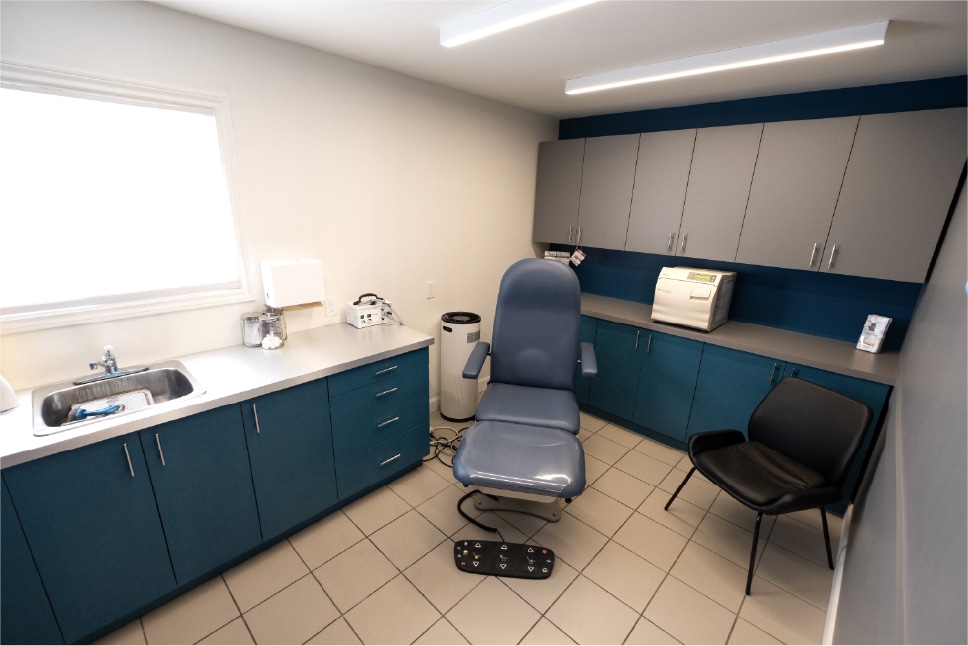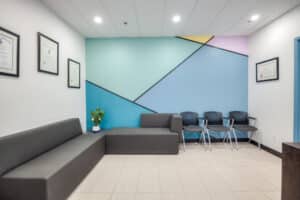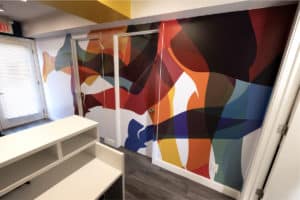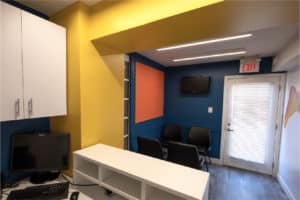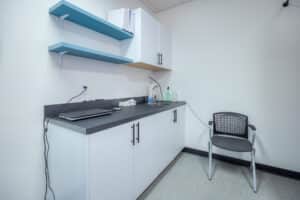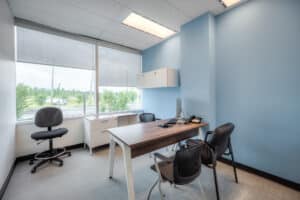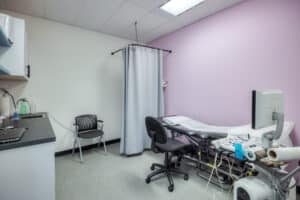Walking into a clinic should feel reassuring, not intimidating. The environment plays a huge role in shaping how patients perceive the care they’ll receive and how staff perform their duties. From the moment someone steps through the door, the design of the space can set the tone—whether it’s calming their nerves, making them feel welcome, or ensuring staff can work efficiently. That’s where clinic interior design comes in. It’s not just about making spaces look good; it’s about creating an atmosphere that fosters trust, comfort, and healing. With the expertise of a healthcare interior designer, clinics can transform into spaces that truly care for everyone who walks through their doors.
Why Clinic Interior Design Matters
Clinic interior design is more than just choosing furniture and colors—it’s about creating an experience. A thoughtfully designed clinic can ease patient anxiety, improve staff efficiency, and reflect the professionalism of the medical practice. Patients often feel nervous or stressed when visiting a clinic, but the right design choices—like soothing color schemes, natural light, and comfortable seating—can make them feel at ease.
For healthcare professionals, efficient layouts and ergonomic furniture are essential for staying productive during long shifts. When staff have access to organized workspaces and tools that minimize physical strain, they can focus on delivering exceptional care. The design of a clinic impacts everyone who interacts with it, making it a crucial investment for any healthcare provider.
The Benefits of Hiring a Healthcare Interior Designer
A professional healthcare interior designer brings a wealth of knowledge to the table. They understand how to balance aesthetics with functionality while adhering to strict healthcare regulations. Their expertise ensures that every detail serves a purpose—whether it’s improving patient comfort or optimizing workflows for staff.
First impressions matter in healthcare settings. Patients often judge the quality of care based on how welcoming and professional the space feels. A healthcare interior designer knows how to create environments that calm nerves and instill confidence. From soothing waiting rooms with comfortable chairs to private consultation areas that prioritize discretion, they craft spaces that put patients first.
Staff also benefit from well-designed clinics. Healthcare professionals work long hours in demanding roles, so ergonomic furniture and intuitive layouts are essential for reducing fatigue and improving productivity. Designers ensure that workstations are equipped with everything staff need to perform their duties efficiently while feeling supported by their environment.
Space constraints are common in clinics, but healthcare interior designers excel at maximizing every square foot. They create multi-functional rooms, integrate storage solutions seamlessly into the design, and ensure the clinic operates smoothly without feeling cramped or cluttered.
Modern clinics rely heavily on technology for patient care and administrative tasks. Designers specializing in healthcare interior design services know how to integrate technology seamlessly into the space—whether it’s installing smart lighting systems or designing workstations with built-in charging ports.
Clinic Office Design: Small Spaces with Big Impact
Clinic office design is all about making smaller-scale medical facilities like outpatient clinics or private practices functional yet welcoming. These spaces require thoughtful planning to maximize efficiency while maintaining patient comfort.
Waiting areas are often the first impression patients have of a clinic, so they need to be inviting and calming. Comfortable seating paired with soothing decor helps reduce anxiety while patients wait for their appointments. Examination rooms are another critical focus area; ergonomic furniture ensures both patients and practitioners are comfortable during consultations or procedures.
Administrative zones must be efficiently organized to streamline operations while maintaining privacy for sensitive information like patient records. A well-designed clinic office reflects professionalism while creating an environment where patients feel cared for and staff can work effectively.
The Role of Ergonomic Furniture in Clinic Design
Ergonomic furniture is a game-changer in clinic interior design because it benefits both patients and staff alike. Patients spend considerable time in waiting rooms or examination areas, making comfort essential. Chairs with proper lumbar support reduce discomfort during long waits, while adjustable beds ensure optimal positioning during procedures or recovery.
Staff often work long shifts that require them to be seated or standing for extended periods. Ergonomic desks, chairs, and workstations minimize physical strain, reduce the risk of musculoskeletal disorders, and improve focus and productivity. Incorporating ergonomic furniture into clinic design creates an environment that prioritizes health and well-being for everyone involved.
Commercial Interior Design: Inovating Heathcare Workspaces
Healthcare interior design services go beyond aesthetics—they blend functionality with style to create spaces tailored specifically to healthcare needs. Interior designers customize every element of the space to align with your clinic’s goals and branding. Whether you want a sleek modern look or a warm traditional vibe, they ensure the design reflects your identity while prioritizing patient needs by creating accessible spaces with clear wayfinding systems and private consultation areas.
Interior designers help avoid costly mistakes by planning every detail before execution. They also have access to exclusive resources like high-quality materials and ergonomic furniture at competitive prices.
Renovating or designing a clinic can be overwhelming—but not when you hire an expert! Interior designers handle everything from concept development to project management so you can focus on running your practice effectively.
A well-designed clinic signals professionalism and care to patients, building trust in your services before they even meet your staff. Comfortable workspaces equipped with ergonomic furniture improve employee satisfaction, leading to better performance and reduced turnover rates. A beautifully designed clinic adds value to your business by attracting more patients and improving operational efficiency—making it a worthwhile investment.
Key Takeaways
Thoughtful clinic interior design directly impacts patient experience by creating calming environments that reduce anxiety.
Ergonomic furniture enhances both patient comfort during procedures and staff productivity during long shifts.
Commercial interior design blends functionality with aesthetics while optimizing layouts for efficient workflows.
Hiring a healthcare interior designer saves time and money by ensuring thoughtful planning and execution.
A well-designed clinic builds trust among patients while boosting employee morale through comfortable workspaces.
The Bottomline
Clinic interior design isn’t just about upgrading aesthetics—it’s about creating an environment where patients feel cared for and staff feel empowered to do their best work. From incorporating ergonomic furniture to optimizing layouts through healthcare interior design services, professional designers bring expertise that ensures every detail serves a purpose.
When done right, clinic interiors can transform into spaces that heal minds as much as bodies—helping patients feel at ease while enabling healthcare professionals to thrive in their roles. If you’re ready to elevate your clinic’s atmosphere while boosting efficiency and trust among patients, consider partnering with an experienced healthcare interior designer today!
Frequently Asked Questions (FAQ):
How does ergonomic furniture benefit clinics?
Ergonomic furniture enhances patient comfort during long waits or procedures while reducing physical strain on healthcare professionals working extended shifts.
Can commercial interior design improve workflow efficiency?
Yes! Commercial interior design optimizes layouts to streamline transitions between different areas of the clinic—saving time for both staff and patients.
Why is hiring a clinic interior designer important?
A clinic interior designer helps to create welcoming environments that reduce patient anxiety while supporting staff productivity through thoughtful layouts and furnishings.
